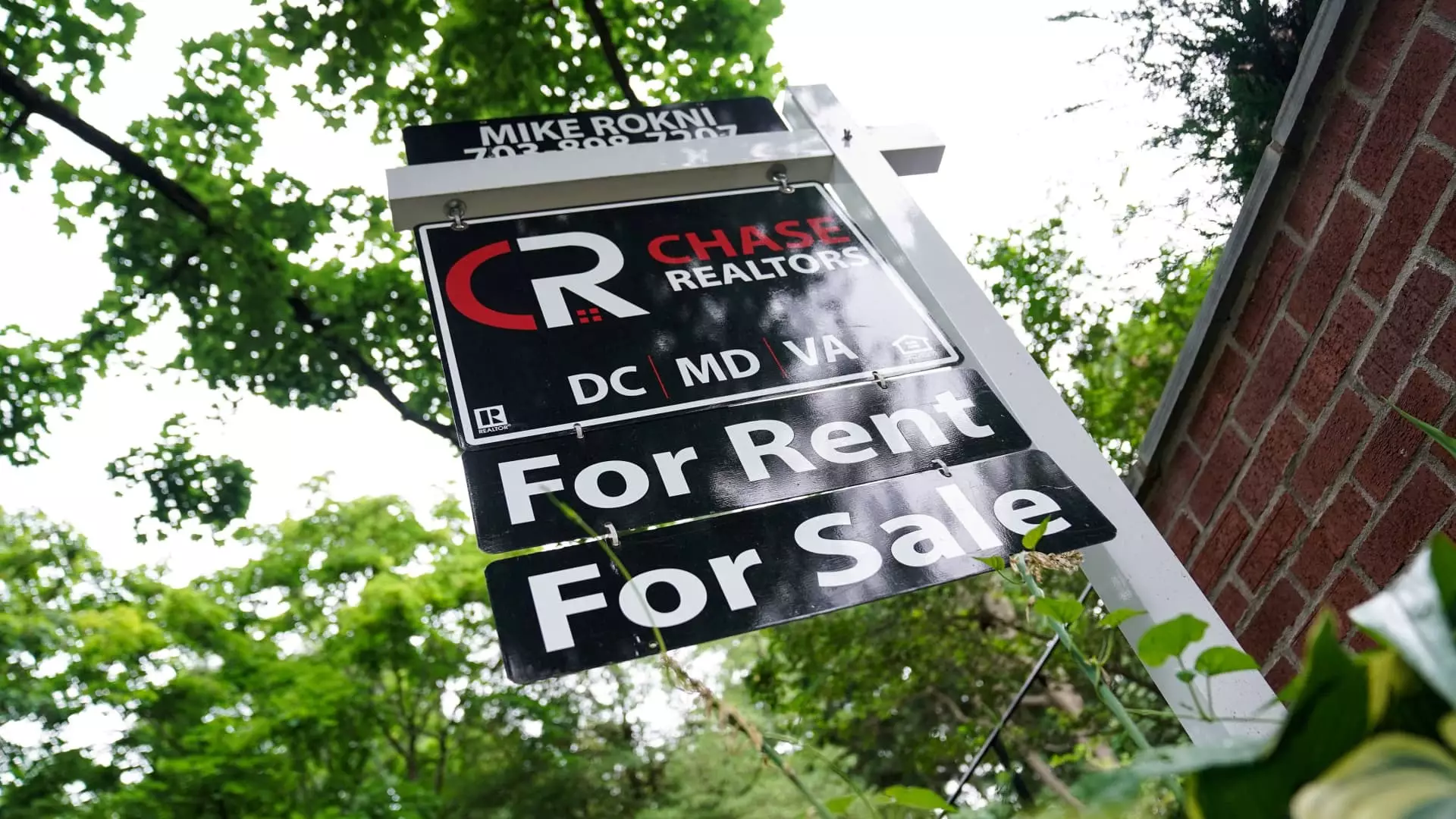Sales of existing homes in the United States have taken a notable downturn, falling 1% in September alone, resulting in a seasonally adjusted annualized rate of 3.84 million units. This figure is the lowest recorded since October 2010, indicating a significant slowdown in the housing market. Comparisons to the previous year reveal a 3.5% decrease in sales. This downturn encompasses most of the country, with three out of four regions reporting diminished sales activity. The only exception was the West, where a slight uptick in sales was detected.
This trend raises questions about the factors contributing to such a decline. Analysts point to mortgage rates, which began at around 7% in July for a 30-year fixed loan but have since decreased, reaching just under 6.5% by the end of August. Despite this decline, rates remain over a full percentage point higher than they were a year ago, which could discourage potential buyers who are still grappling with affordability issues.
Inventory Levels and Market Dynamics
A glimmer of hope for buyers appeared at the end of September, as the inventory of homes for sale increased by 1.5% from the previous month, totaling 1.39 million available units. This uptick translates to a 4.3-month supply at current sales rates. However, it’s essential to note that this inventory increase was 23% higher than inventory levels from September 2022, indicating some improvements in availability, albeit still under pressure. Lawrence Yun, chief economist for the National Association of Realtors, emphasizes that while more inventory is beneficial for buyers, the number of distressed properties remains surprisingly low, with only 2% of transactions falling into this category due to a low mortgage delinquency rate.
Nevertheless, despite rising inventory levels, home prices are still climbing. The median price for an existing home sold in September reached $404,500, marking a 3% increase from the previous year. This trend of rising prices, occurring for the 15th consecutive month, can largely be attributed to the inventory shortage that limits options for buyers, pushing prices upward.
The Impact of Cash Transactions and Buyer Demographics
In this evolving market, cash transactions play a dominant role, representing 30% of all home sales in September, compared to about 20% before the pandemic. This trend underscores the financial power of cash buyers, which includes not just investors, but also individuals who seek to navigate the increasingly competitive landscape without the encumbrance of financing.
Interestingly, the profile of buyers is also changing. First-time buyers have been notably absent, comprising only 26% of sales in September, a dip that highlights growing challenges for newcomers entering the housing market. Additionally, the speed at which homes are selling has changed; properties took an average of 28 days to sell in September, compared to just 21 days one year before, further illustrating a market dynamic in flux.
Overall, the current state of the housing market presents a complex picture. With declining sales, fluctuating mortgage rates, and an evolving buyer demographic, stakeholders must remain vigilant and responsive to changing conditions as they navigate this intricate landscape.

